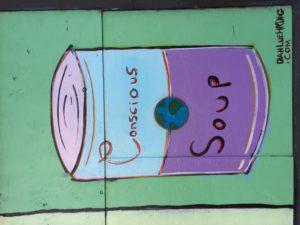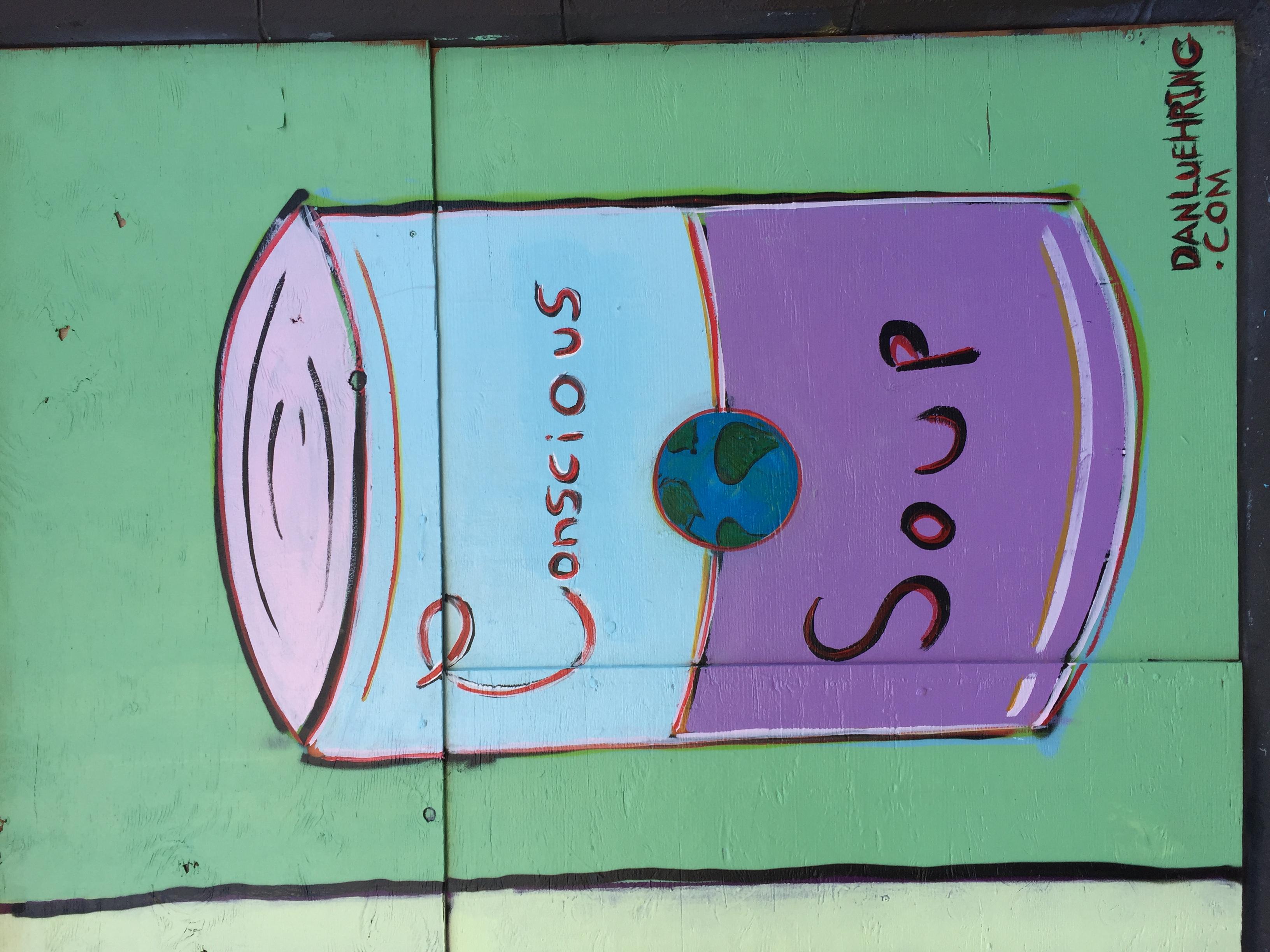Stop Writing Unconscious: Secrets to Inspire Action on Your Nonprofit Appeal
 You want to raise money with your fundraising appeal, right?
You want to raise money with your fundraising appeal, right?
Guess what?
However you feel when you sit down to write is how your readers will feel when they sit down to read.
Feeling anxious? Unprepared? Bored?
Your feelings come through in your writing. Or not.
So… first put a smile on your face! Think about what inspires you about your mission. What are you passionate about? What drew you here and keeps you here?
Passion is contagious.
You can do this – it’s just like talking to a friend about how important your cause is.
Yup. Your donor is your friend.
Talk to them exactly that way.
Becoming a writer is about being conscious.
“When you’re conscious and writing from a place of insight and simplicity and real caring about the truth, you have the ability to throw the lights on for your reader.”
– Ann Lamott



 Spring is always a good time for rebirth and dusting away the cobwebs. And what a grave, dusty, cobwebby year it’s been.
Spring is always a good time for rebirth and dusting away the cobwebs. And what a grave, dusty, cobwebby year it’s been.
 Giving is an emotional experience. It deserves an emotional response.
Giving is an emotional experience. It deserves an emotional response.
 One of my pet peeves as a donor is making a contribution (via a peer-to-peer request or tribute gift in honor or memory) in support of a friend; then receiving nothing but a form receipt.
One of my pet peeves as a donor is making a contribution (via a peer-to-peer request or tribute gift in honor or memory) in support of a friend; then receiving nothing but a form receipt.

 Twice in the past month I’ve been asked for a major gift.
Twice in the past month I’ve been asked for a major gift.
